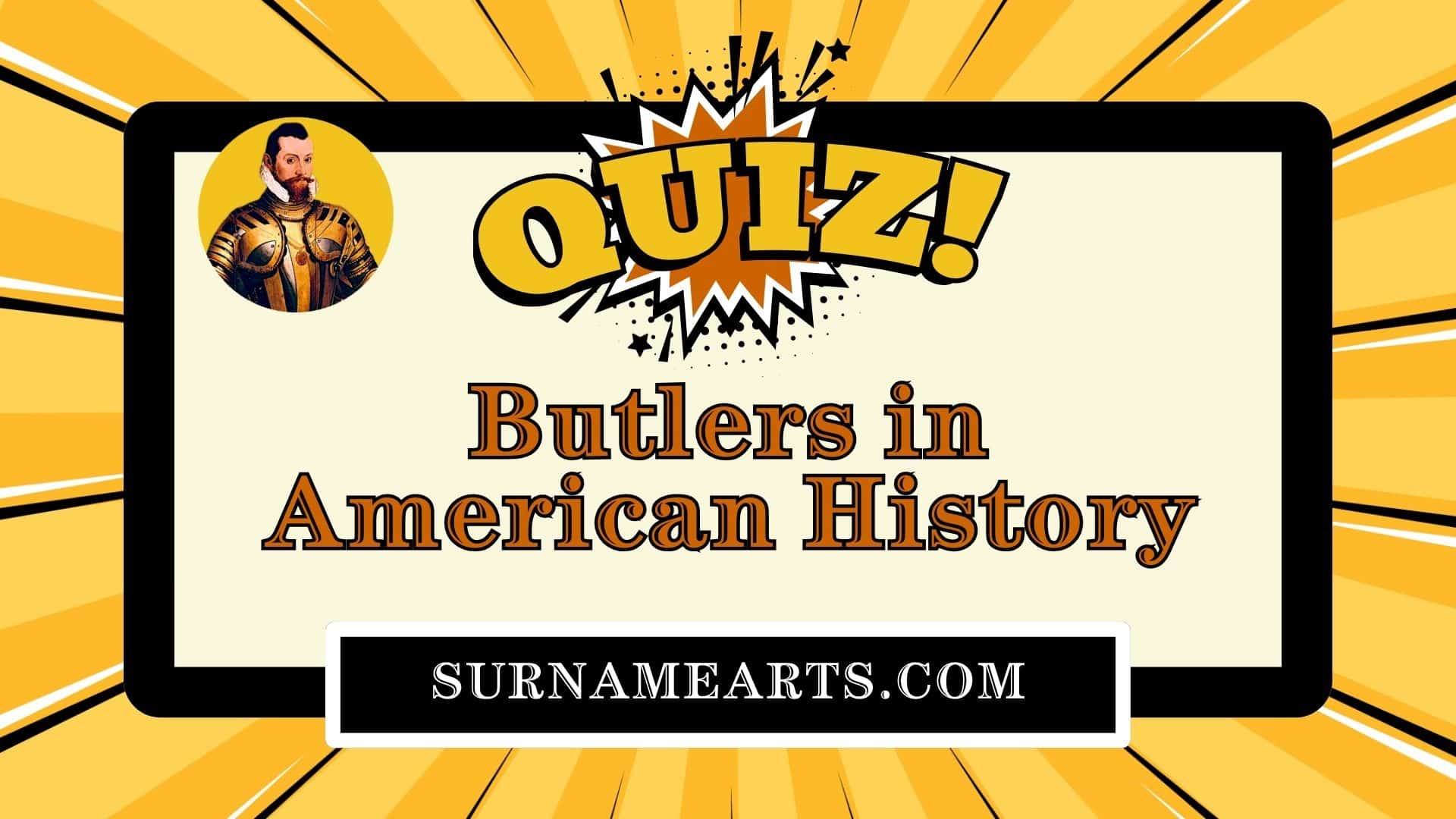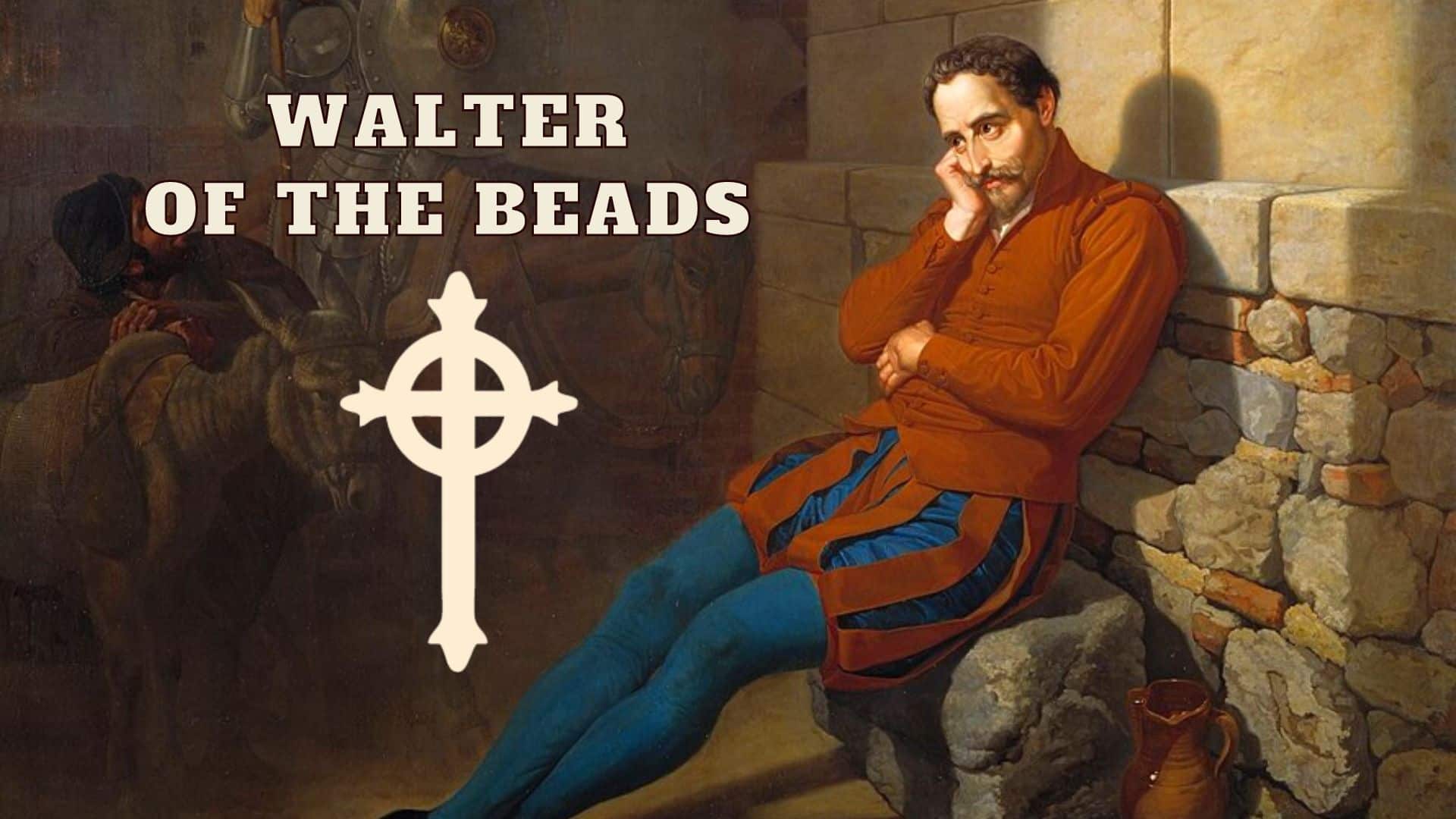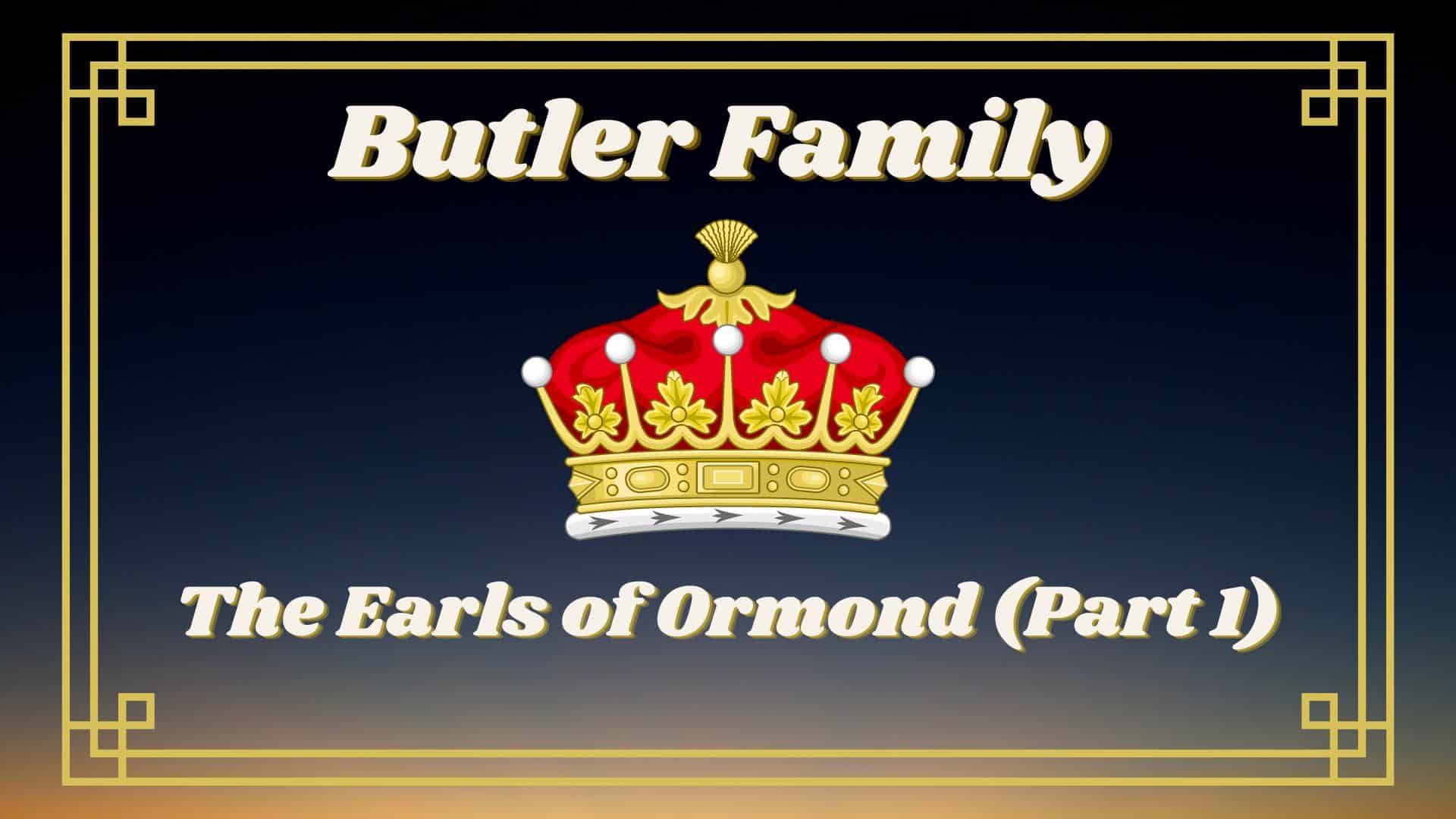
The story of Elizabeth I’s Butler ancestry features the backstory of her mother, Anne Boleyn, and her close relationship with her cousin, Thomas (“Black Tom”) Butler.
Anne Boleyn- Elizabeth I’s Mother
Anne Boleyn was the great granddaughter of Thomas Butler, the 7th Earl of Ormond and Catherine of Aragon’s closest and most trusted advisor. Her grandmother was Thomas Butler’s daughter, Lady Margaret Butler, and her father was Thomas Boleyn.
King Henry VIII became smitten with Anne while she was a maid of honour to his wife, Catherine of Aragon. In order to win Anne’s favor, Henry took the Earldom of Ormond away from Piers (“Red Piers”) Butler the 8th Earl of Ormonde, and gave it to Anne’s father, Thomas Boleyn.
Marriage to King Henry VIII
Henry desperately wanted a male heir, which his wife of 24 years was unable to give him. He decided the best solution was to annul his marriage to Catherine and marry the much younger Anne, who he hoped would produce his male heir.
As a committed Catholic, the only way he could annul the marriage was with the permission of the pope. Unfortunately for Henry, Pope Clement VII wouldn’t grant the annulment.
Determined to get what he wanted, Henry and his advisors began to break the Catholic Church’s power in England. Henry ultimately assumed supremacy over all religious matters, and, not surprisingly, his marriage to Catherine was declared invalid shortly thereafter. He formally married Anne in 1533.

Not long after Henry married Anne, they had a daughter, Elizabeth. This was quite a disappointment because they had been told by the royal physicians and astrologers that they would have a son – the male heir that Henry wanted so badly.
In 1536, Anne was pregnant again and knew that her life wasn’t going to be roses and unicorns if she failed to produce a male heir. To cover his bases, Henry began courting Jane Seymour.
As fate would have it, Anne miscarried what was reported to be a male child on the very day that Catherine of Aragon was buried. Some might say that was a pretty big coincidence. The miscarriage was the beginning of the end for Anne.
Arrest and Execution
While she was recovering, Henry said that he was seduced into marriage with Anne by deception or spells and moved Jane Seymour into royal quarters. But, in order to marry Seymour, Henry had to find an official reason to end his marriage to Anne. He decided “high treason” was as good a reason as any, and Anne was arrested and put in the Tower of London in May 1536.
Anne was convicted of treason by a jury of her peers, including a man she was formerly engaged to and her own uncle. For good measure, she was also convicted of adultery, incest, and plotting to kill the king. She was beheaded four days later.
Anne’s execution marked the start of a period of political and religious upheaval known as the English Reformation. She’s considered one of the most influential and important queen consorts in history because she set in motion the events that led to the English church’s independence from the Vatican. But, Anne’s most important contribution was really her daughter, the most famous member of the Butler family.
The Reign of Queen Elizabeth I
Following a game of musical thrones that saw Edward VI, (the son of Henry VIII and Jane Seymour); Lady Jane Grey (known as the Nine Days’ Queen); and Bloody Mary (the daughter of Henry VIII and Catherine of Aragon) at the royal helm, Anne Boleyn’s daughter Elizabeth, the great granddaughter of Thomas Butler, 7th Earl of Ormonde, became Queen Elizabeth I of England and Ireland in November of 1558 at 24 years of age.
The Virgin Queen
Like one of her earlier ancestors, James Butler, the 4th Earl of Ormond, Queen Elizabeth was known for her learning and wisdom. She was considered one of the best educated women of her generation and spoke French, Flemish, Italian, Spanish, Welsh, Cornish, Scottish, and Irish. In 1603, the Venetian Ambassador said that she knew each language so well that it seemed like it was her native tongue.
However, Queen Elizabeth was perhaps best known for her virginity. In fact, along with the nickname “Good Queen Bess,” she was often called “The Virgin Queen.” In 1559, she told the House of Commons, “And, in the end, this shall be for me sufficient, that a marble stone shall declare that queen, having reigned such a time, lived and died a virgin.”
Over time, her unmarried status actually inspired a cult of virginity similar to that of the Virgin Mary. In poetry, she was often depicted as a virgin or a goddess, not a woman. In truth, she probably wasn’t inherently pious. Some historians think that Thomas Seymour, who was married to her stepmother Catherine Parr after Henry VIII’s death, made unwanted sexual advances toward her when she was a teenager.
Adventures in the New World
As Queen, one of Elizabeth’s main goals was to increase England’s naval strength. Under her watch, lots of technical improvements were made to English ships that enabled them to carry heavier guns, sail faster and outmaneuver ships from other countries. This naval superiority led to lots of pirates and privateers, known as sea dogs, who mercilessly raided Spanish merchant ships carrying gold and silver from the New World. Elizabeth, seeking to acquire wealth for the kingdom, risked war with Spain by looking the other way as long as the sea dogs shared their spoils with the crown.
In 1584, Elizabeth set in motion a plan to establish England’s presence in North America. She gave Sir Walter Raleigh a royal charter that would last for seven years and let him explore, colonize, and rule any “remote, heathen, and barbarous lands, countries, and territories not actually owned by any Christian Prince or inhabited by Christian people.” For his efforts, Raleigh was to receive 20% of all the gold and silver that might be mined from those lands.
Raleigh’s colonization attempts in the New World were ultimately unsuccessful, mainly due to a lack of supply ships, but he did succeed in claiming a large swath of territory for England that included present-day Virginia, West Virginia, Maryland, and the Carolinas. Collectively, that territory was named Virginia in honor of the Virgin Queen herself, Elizabeth. Her early colonization efforts eventually paved the way for the London Company to establish the Colony of Virginia as the first permanent English colony in the New World. So, Queen Elizabeth I, a Butler family member, played a prominent role in settling what would become America and even has a state named after her.
Cultural Contributions
On the cultural front, Elizabeth’s reign from 1558 to 1603 was known as the Elizabethean Era and the “Golden Age” in English history. Against a backdrop of royal stability, naval triumphs, national pride, and prosperity, poetry, music, and literature thrived, and playwrights like William Shakespeare revolutionized the theatre. So, if you hated studying Shakespeare in high school, you can partially blame a Butler family member, Queen Elizabeth I.
Remarkably, Elizabeth I had a 45-year reign as queen. At different times, high-ranking officials in Paris, Madrid, and Rome all sought to kill Elizabeth, who was a Protestant, and replace her with Mary Queen of Scots, a Catholic.
Fortunately for Elizabeth, all the plots were thwarted. She died from natural causes in 1603 at approximately 70 years of age. Without a direct heir to the throne, Elizabeth was succeeded by her first cousin twice removed, James I, a son of Mary, Queen of Scots, and a great-great grandson of King Henry VII.
Relationship with Thomas (“Black Tom”) Butler

Thomas Butler was born in Ireland but sent to London as a young child at the request of his father, James Butler, the 9th Earl of Ormond. He was educated with Henry VIII’s son Edward, who would later become king Edward VI, and Elizabeth, who would later become queen Elizabeth I.
Thomas and Edward were close throughout their lives, but he became a favorite companion of Elizabeth, who called him “Black Tom” and her “Black Husband,” presumably due to his dark hair. You will often hear him referred to as “The Black Earl.”
Upon the death of his father, Black Tom inherited the titles of 10th Earl of Ormond, 3rd Earl of Ossory, and Viscount Thurles. He also inherited the highly lucrative prisage of the wines originally given to Theobald Walter; hundreds of thousands of acres; and dozens of castles and manors in Ireland. For the most part, County Tipperary was under his independent jurisdiction rather than the crown’s, and he maintained a private army of about 1,000 men to defend his lands.
Butler-Geraldine Feud
Throughout most of the 1500s, the Butlers, led by Black Tom, and the Geraldines, led by Gerald Fitzgerald, the 15th Earl of Desmond and the third husband of Black Tom’s mother, continued their feud.
Things came to a head in 1565 in what became known as the Battle of Affane. During the conflict, Black Tom’s brother, Sir Edmund Butler of Cloughgrenan, shot Gerald Fitzgerald in the right hip, cracking his thigh-bone and throwing him from his horse. The Butler forces killed about 300 Geraldines that day in a decisive victory that was one of the largest private battles ever fought in Britain or Ireland.
When Queen Elizabeth found out that two private armies had formed and fought without her knowledge or permission, she summoned both Earls to her court. Not surprisingly, Black Tom, the cousin she had been close to since childhood, managed to convince Elizabeth that the battle was Fitzgerald’s fault. And according to most historical accounts, it most likely was. The Queen fined Fitzgerald and then threw him and two of his brothers into the Tower of London until 1573.
Back in Ireland, members of the Desmond Fitzgeralds started new rebellions against the queen. Black Tom lobbied Elizabeth for command of the war against them, which she granted. In time, the Earl of Desmond was captured and beheaded, and the rebellion was extinguished. More importantly, about 300,000 acres of Desmond land was confiscated and given to English settlers, which effectively ended the Fitzgerald dynasty. The Butler’s primary enemy had been defeated.
In 1585, Black Tom returned to court in England as a conquering hero. Having proved his worth on the battlefield, Queen Elizabeth now needed him in the war with Spain. He helped get the English army ready for a Spanish invasion and helped make plans for the English army and navy.
Over the course of his military and political career, Black Tom held titles including: Treasurer of Ireland; Lieutenant of County Tipperary; Lieutenant of County Kilkenny; Lord General of the Forces in Munster; General of the Forces in Leinster; Lieutenant-General of all Forces in Ireland; Vice-Admiral of Leinster; Knight of the Garter; and Earl Marshal of England. Few Irish noblemen had more importance in English affairs.
Ormond Castle

Beyond his military and political contributions, Black Tom also made an important contribution to the Butler real estate empire.
In the 1560s, he built a manor house as part of Ormond Castle in Carrick-on-Suir in County Tipperary. He built it in preparation for a visit from his cousin, Queen Elizabeth.
By all accounts, it’s the best example of an Elizabethan manor house in all of Ireland and is known for its exquisite decorative plasterwork portraits of Elizabeth. Black Tom wanted everything to be perfect for her visit to his home in Ireland and spared no expense.
Unfortunately, Elizabeth died before she was able to visit. You, however, are able to visit Ormond Castle anytime you like. It’s open to the public and well worth the trip.
Black Tom lived to the ripe old age of 83. Because he didn’t leave any legally recognized male children, the earldom of Ormond reverted to the junior branch of the Butler family through Tom’s brother, John Butler of Kilcash. It was John’s son, Walter, Black Tom’s nephew, who became the 11th Earl of Ormond.
Primary Sources:
- Featured Image Credit: Henry Gillard Glindoni.
- Anne Boleyn. (n.d.). Historic Royal Palaces.
- Queen Elizabeth I facts and myths | Royal Museums Greenwich. (n.d.).
- Ormond Castle | Heritage Ireland. (n.d.). Ormond Castle | Heritage Ireland.











